Your body has gone through incredible changes during pregnancy and childbirth, now, it's time to nurture and recover.
As a new parent, your days are now filled with the sweet chaos of feedings, diaper changes, and cherishing those heartwarming moments with your little bundle of joy. Amidst this whirlwind of change, you might wonder when and how you can regain some sense of normalcy in your fitness journey.
In this blog, you'll learn more about postpartum fitness, exploring the essential considerations, and safe practices to help you begin your fitness journey after giving birth. Whether you're a first-time mom or adding to your growing family, we'll guide you through the steps to reclaim your strength, energy, and well-being
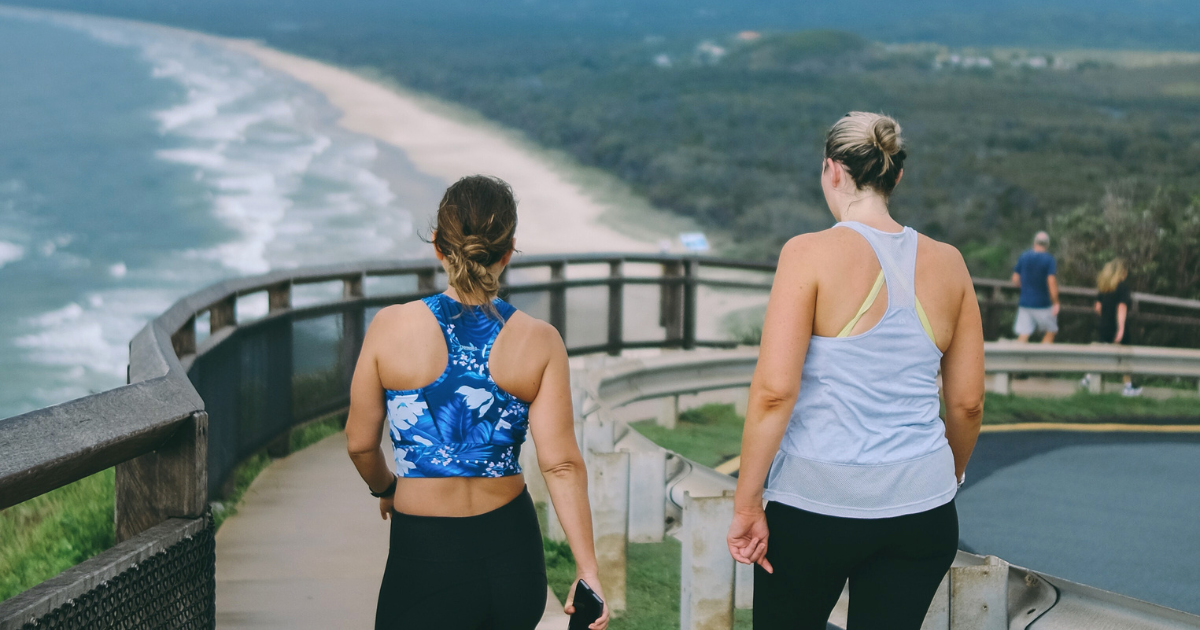
What are the benefits of exercise after pregnancy?
Regular physical activity offers a number of health benefits, and the great news is that these benefits extend to new mothers just as effectively as they do to anyone else at any stage of life.
Here's a closer look at how incorporating regular exercise into your postpartum routine can positively impact your life:
1. Weight Loss and Management
Many new mothers understandably wish to shed those pregnancy pounds and regain their pre-baby physique. Regular exercise can play a pivotal role in this journey. It boosts your metabolism, burns calories, and helps you attain and maintain a healthy weight. It's not about fitting into a certain dress size; it's about feeling strong and confident in your own skin.
2. Enhanced Aerobic Fitness
New motherhood can be physically demanding, from carrying your little one to handling household chores. Improved aerobic fitness from regular exercise means you'll have more energy and endurance to tackle daily tasks with ease. Whether it's chasing after a crawling baby or simply keeping up with mom life's demands, a fitter you will find it all more manageable.
3. Social Interaction
Motherhood can sometimes feel isolating, especially in those early days when sleep deprivation is at its peak. Joining a postnatal exercise group or stroller fitness class can be a great way to connect with other new moms. Building a support network and sharing experiences can significantly boost your mood and provide a sense of belonging.
4. Mental Health and Emotional Wellbeing
The postpartum period can bring about a rollercoaster of emotions. Regular exercise is a natural mood booster, thanks to the release of endorphins—your body's feel-good hormones. It can assist in reducing symptoms associated with postpartum blues or depression while fostering a more optimistic perspective on life.
Note:
For any psychological concerns, please reach out to any mental health and human services.
Can I begin exercising after birth?
If you had a healthy and normal delivery, you should start exercising as soon as you feel physically ready to do so. However, it's important to exercise gradually and in moderation. Even if you're feeling great during your postpartum period, it's vital to allow your body plenty of time to recover.
Childbirth can potentially weaken your pelvic muscles, increasing the risk of issues like bladder control problems, which can be triggered by intense physical activity. Therefore, it's advisable to opt for gentle exercise or low-impact activities in the first few weeks after birth.
Pelvicfloorfirst.org.au recommends the following guidelines to give you a starting point as you plan your postnatal fitness journey:
0-3 weeks postnatal exercises
-
Walking
-
Postnatal abdominal muscle bracing
-
Stand in a sturdy, balanced position with your feet and hips facing forward
-
Concentrate on engaging your core by contracting your abdominal muscles while keeping the rest of your muscles relaxed, avoiding any leg movement or torso twisting during the contraction.
-
Maintain this posture for a five-second count, and then gently relax your muscles, returning to your initial stance.
-
Repeat this move 30 times
-
-
Pelvic floor exercises
Attempt to keep your core abdominal muscles in a relaxed state. Avoid pushing down or holding your breath. Gradually apply pressure and intensify the tension until your muscles are contracted to their maximum capacity. Release them gradually and with control.
3-8 weeks postnatal exercises
-
Walking
-
Moderate-intensity aerobic activity or postnatal class
-
Low-intensity water aerobics class and swimming (once postpartum bleeding has stopped)
-
Gym program (maintain posture, light lifting weights, no breath holding)
However, it is recommended you wait until your six-week postnatal check before starting a group exercise program or going back to the gym.
12-16 weeks postnatal exercises
Consider visiting a physiotherapist or other health professionals for a postnatal abdominal muscle check and pelvic floor muscle testing before starting high-impact activities such as running, sports, or abdominal exercise programs.

Understanding Your Pelvic Health
Pelvic health is a central and often overlooked component of postpartum wellness. The journey of pregnancy and childbirth places significant demands on your body, particularly on the pelvic floor muscles. These muscles, which play a crucial role in supporting your pelvic organs, can experience strain during the childbirth process. This strain can potentially lead to issues such as pelvic organ prolapse, a condition where pelvic organs like the bladder, uterus, or rectum may shift out of their normal positions.
To address and safeguard your pelvic health during the postpartum period, it is highly advisable to seek guidance from a specialized healthcare professional, known as a pelvic health physiotherapist. These experts are trained to assess and treat conditions related to the pelvic floor and can provide invaluable insights into your specific pelvic health needs.
What You Should Know About Exercising While Breastfeeding
Many moms often wonder if lactic acid buildup from their workouts could have any impact on their breast milk. The good news is that when it comes to mild to moderate exercise, there's no need to worry about lactic acid levels affecting the quality of your breast milk or how your baby takes it in.
It won't also affect your breast milk supply, important immune factors such as lactoferrin and lysozyme, your major nutrients, and minerals.

Low-Risk Post-Pregnancy Exercises
Here is a list of low-risk exercises that are generally considered safe after pregnancy:
-
Brisk Walking: Gentle and low-impact, walking is an excellent way to ease back into exercise after childbirth. It helps improve cardiovascular fitness and can be done with your baby in a stroller for added convenience.
-
Yoga: Postpartum yoga classes are designed to help strengthen the core, improve flexibility, and promote relaxation. These classes often focus on pelvic floor exercises and gentle stretches.
-
Swimming: Swimming or water aerobics can be gentle on the joints while providing a full-body workout. It's particularly helpful for easing back pain and reducing swelling.
-
Stationary Cycling: Using a stationary bike can provide a low-impact cardio workout while minimizing strain on the joints. Start with a comfortable resistance level and increase gradually.
-
Resistance Band Exercises: Gentle resistance band exercises can help strengthen various muscle groups without putting excessive strain on the body. Focus on full-body workouts and incorporate core-strengthening exercises. Gradually introduce resistance training using body weight or light weights to regain overall strength.
-
Pilates: Postpartum Pilates classes are designed to improve core strength, posture, and flexibility. Look for classes specifically tailored to postpartum women.
-
Abdominal Exercises: Start with gentle core-strengthening exercises to rebuild your abdominal muscles. Avoid traditional crunches and opt for modified movements like pelvic tilts and leg slides.
-
Pelvic Floor Exercises: Kegel exercises are essential for pelvic floor rehabilitation. They help improve bladder control and support overall pelvic health.
-
Low-Impact Cardio: Activities like walking or swimming are excellent for increasing your heart rate without putting too much stress on your body.
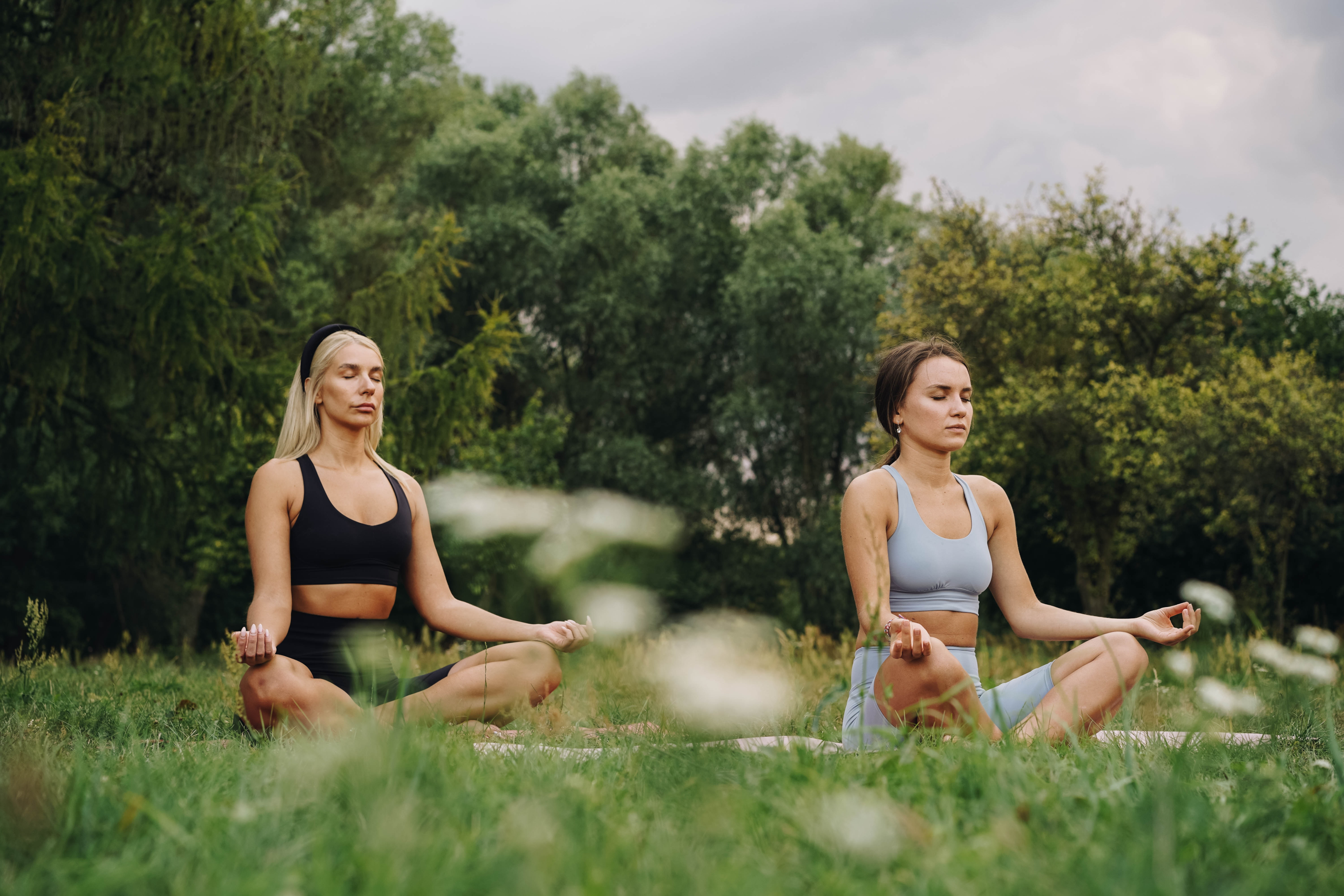
Note: Please consult with your healthcare provider before beginning any exercise routine after pregnancy, as individual circumstances and health considerations can vary. They can provide personalized guidance based on your specific situation.
Choosing the Right Exercises: What to Remember
The type of exercise you engage in postpartum depends on various factors, including your overall health, fitness level, and the type of delivery you had. High-impact exercises should be approached with caution and typically introduced later in your postpartum journey. Instead, focus on low-impact activities like walking and specific exercises designed to target abdominal muscles and pelvic floor muscles.
Postpartum Depression and Exercise
Exercise is a powerful tool for managing postpartum depression, as physical activity releases endorphins, which are natural mood lifters. However, if you're struggling with postpartum depression, it's crucial to seek support from a mental health professional in addition to integrating exercise into your routine.
Engaging in physical activity not only provides a welcome distraction from the negative thoughts and feelings that often accompany postpartum depression but it also instills a sense of accomplishment and empowerment.
BabyDink: Your Ultimate Hands-Free Walking Companion

From what we've learned already, it's clear that one of the most accessible and effective low-intensity workouts for postpartum moms is walking as it helps improve blood circulation, boosts your mood, helps in weight management, and most importantly, gets you outdoors to enjoy some fresh air and a change of scenery.
But what if we told you that you could make this experience even better?
BabyDink carrier is a game-changer, especially for new parents seeking to stay active during the early weeks postpartum. This innovative baby carrier is designed to make walking a breeze while keeping your little one close and comfortable.
Here's why it's a must-have for your postpartum journey:
1. Hands-Free Convenience
With BabyDink, you can enjoy hands-free walking, allowing you to swing your arms naturally, maintain proper posture, and move freely. No more juggling a stroller or struggling with bulky carriers. Your baby stays snugly attached to your chest, leaving you more relaxed and connected.
2. Bonding Time
Walking with BabyDink isn't just about exercise; it's an opportunity to bond with your baby. Your little one will feel your heartbeat, hear your soothing voice, and experience the world from the comfort of your warm embrace. It's a win-win for both you and your baby.
3. Ergonomic Design
BabyDink is designed with your comfort in mind. It evenly distributes your baby's weight, reducing strain on your back and shoulders. The carrier's adjustable straps ensure a perfect fit for moms and dads of all sizes.
4. Versatile Use
Whether you're walking in the park, exploring your neighborhood, or simply doing household chores, BabyDink allows you to stay active throughout your daily routine. It's a versatile solution that adapts to your lifestyle.
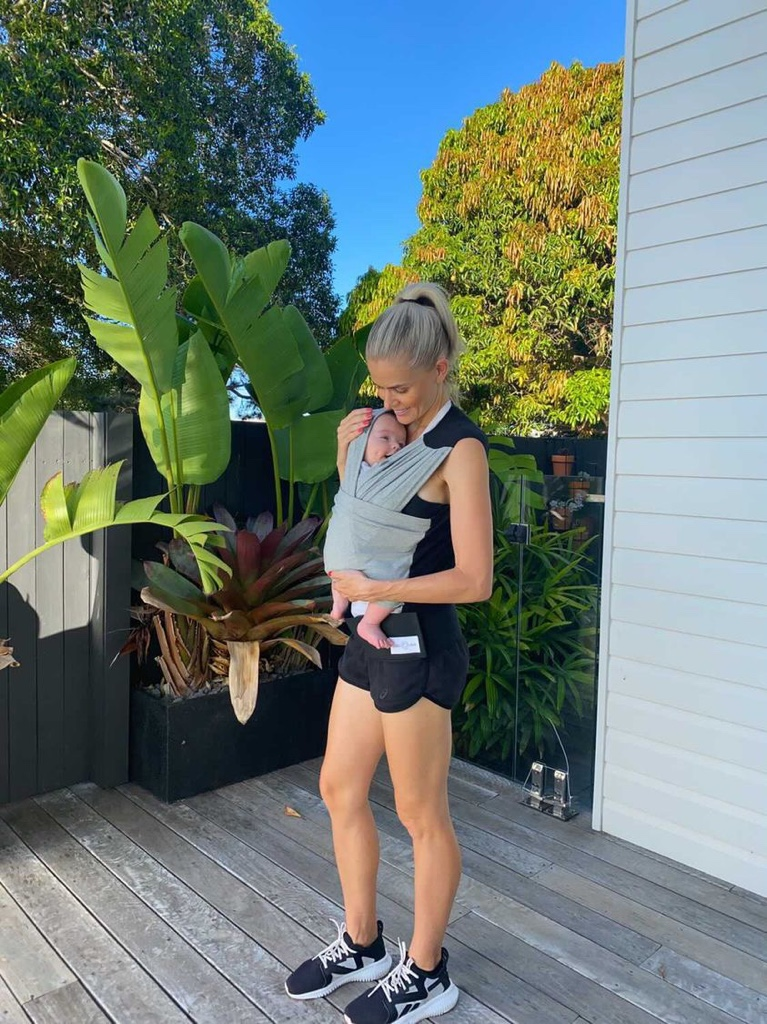
Walking Your Way to Postpartum Wellness
As you step out for your daily walks, remember that it's not just about shedding post-pregnancy pounds. It's really about nourishing your body, clearing your mind, and enjoying quality time with your precious little one.
BabyDink empowers you to embark on your postpartum fitness journey without compromising your baby's comfort or your own. So, lace up your sneakers, secure your little one in BabyDink, and start strolling into a healthier, and happier postpartum life.

References:
Pregnancy, Birth, and Baby (2020). Safe return to exercise after pregnancy. Retrieved from www.pregnancybirthbaby.org.au
Australian Breastfeeding Association. (2022). Exercise and Breastfeeding. Retrieved from www.breastfeeding.asn.au
Pelvic Floor First. (2022). Returning to sport or exercise after birth. Retrieved from www.pelvicfloorfirst.org.au
American College of Obstetricians and Gynecologists. (2020). Exercise after pregnancy. www.acog.org.




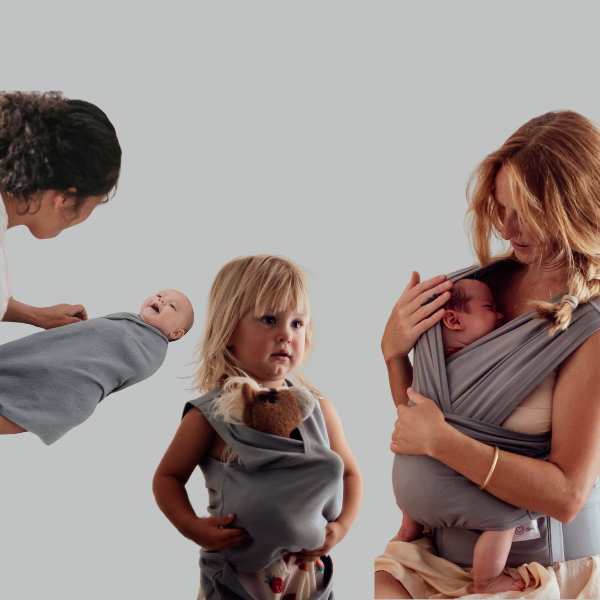


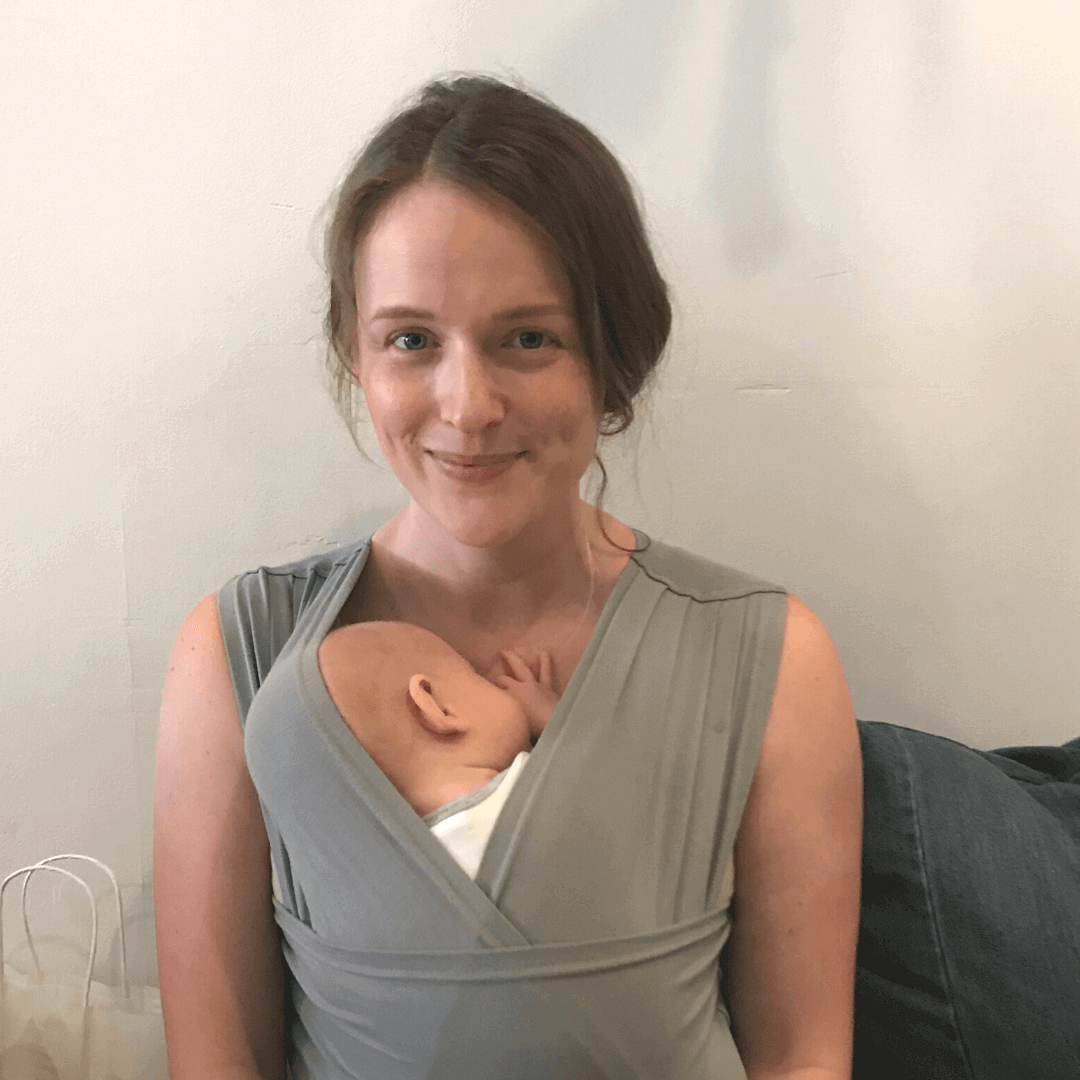
Leave a comment (all fields required)